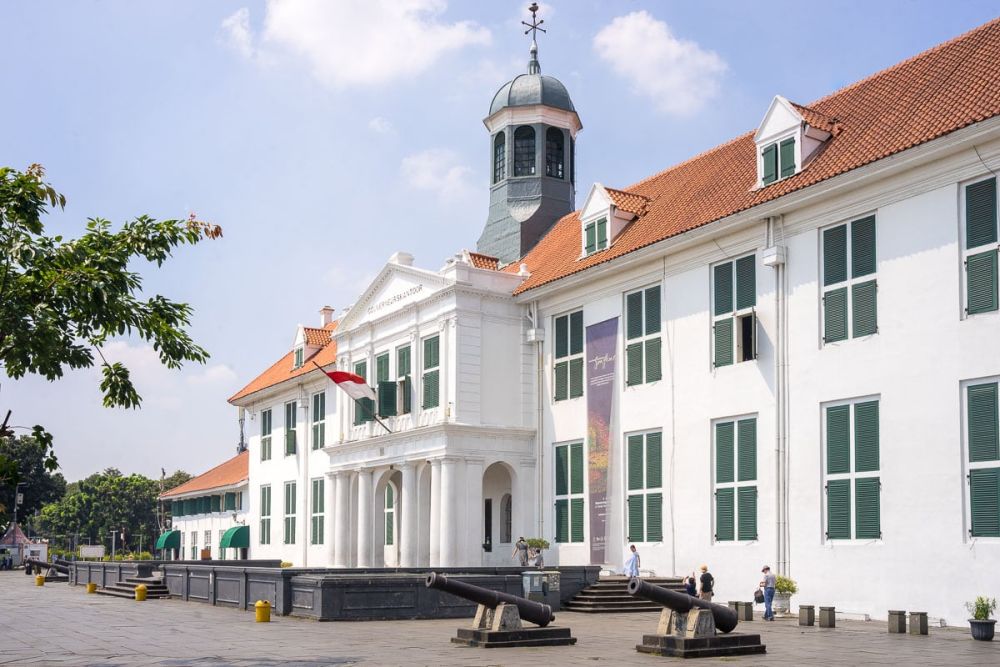

The history of tourism in Kota Tua Jakarta can be traced back to the colonial period when the Dutch East Indies used the area as the center of its trading empire in the 16th century. Kota Tua, also known as the Old Batavia, is rich in historical buildings and cultural heritage, making it a significant historical site in Indonesia.
Tourism in the area began to pick up when the Indonesian government and cultural preservation societies started to recognize the potential of Kota Tua as a tourist destination. Efforts were made to restore and maintain the historic buildings, many of which date back to the Dutch colonial era, thus preserving the architectural legacy of the region.
One of the landmarks in Kota Tua is the Fatahillah Square, which has been a focal point for tourism for many years. Surrounded by museums like the Jakarta History Museum, the Wayang Museum, and the Fine Art and Ceramic Museum, the square has served as the cultural heart of Jakarta, drawing tourists from all over the world who are interested in the history and art of Indonesia.
In recent years, there has been growing interest in heritage and cultural tourism, and Kota Tua has benefited from this trend. The area has seen a rise in visitation due to the increasing popularity of historical walking tours, cultural festivals, and the vibrant art scene. The government has invested in improving the infrastructure, including revamping public spaces and implementing stricter regulation to preserve the historical buildings.
Another trend evident in Kota Tua is the emergence of modern cafes and galleries that exist alongside the traditional sites. This juxtaposition offers a blend of the old and new, attracting a younger demographic as well as international visitors looking for a diverse cultural experience.
Eco-friendly tourism is also on the rise, with initiatives focusing on reducing waste and promoting sustainability within Kota Tua. These efforts not only improve the environmental footprint of tourism but also promote a more responsible way of experiencing the city's heritage.
Urban renewal projects have been implemented, turning some old buildings into creative spaces that host art exhibitions, music performances, and various cultural events. This has helped to rejuvenate the area, making it a hub for both local and international tourists to experience the dynamic culture of Jakarta.
Accessibility improvements have also played a crucial role in Kota Tua's tourism history. Given its location in the heart of Jakarta, Kota Tua is now more reachable by public transport which makes it a convenient destination for travelers.
As tourism continues to be an essential part of Kota Tua's development, there is a strong emphasis on sustainable tourism that respects the cultural heritage while fostering economic growth. Kota Tua Jakarta remains a testament to Indonesia's rich history and a vibrant living museum that attracts a wide array of visitors, eager to explore the historical narrative it offers.